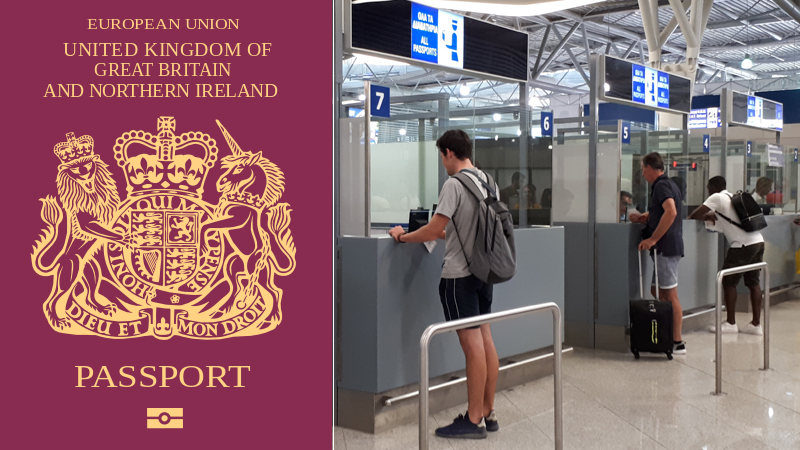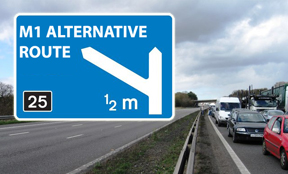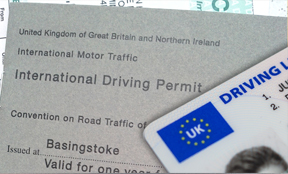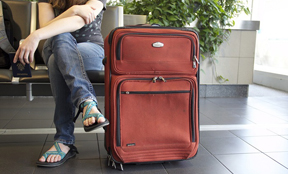
With more than 50,000 cases of shingles in people over 70 each year, alone, many travellers are asking if it is okay to fly with the condition. Here we look at whether this condition could see you barred from boarding.
 Are you worried that shingles may prevent you
from flying? (Credit: Pxhere)
Are you worried that shingles may prevent you
from flying? (Credit: Pxhere)
Can you fly when you have shingles?
It will most likely be okay to travel with shingles but you should check with your airline if you have visible symptoms.
You should also check with your doctor to make sure you’re well enough, and you can ask for a fit to fly letter from your doctor that could confirm you are not contagious.
Many cases of shingles are on covered areas, but it can affect your face and eyes, in which case a fit to fly letter would be a good idea to avoid issues at the check-in desk.
Subscribe for free motoring and travel news here - support independent journalism
What is shingles and what causes it?
Shingles is caused by the varicella-zoster virus – this is the virus that causes chicken pox. The virus is an infection of a nerve and the skin around it.
It can cause blisters of the skin – a little like cold sores on your lip. It usually affects one part of the body, such as trunk, scalp or face etc,
Who can get shingles?
Around 25% of people will have at least one episode of shingles in their life. If you have had chicken pox, the varicella-zoster virus stays inactive in your nervous system, but this can be reactivated as you get older and turn into shingles.
Having a compromised immune system can cause shingles to occur. Reasons for this include:
- Old age
- Physical and emotional stress
- HIV and AIDS
- Chemotherapy
Is the virus infectious?
It is not possible to catch shingles from someone suffering from an episode, or from someone with chicken pox. It is possible to become infected with chicken pox by someone who has shingles if you have not already suffered from it.
How to ease the symptoms when flying?
Get to the doctor as soon as possible, as there is a treatment available to help shorten the episode of shingles.
You can also ease the symptoms when flying by following these tips:
- Wear loose-fitting clothing
- Apply a cool compress to the affected area
- Ensure the rash is kept clean and dry
- Apply calamine lotion to reduce itching
Do you have to declare it for holiday insurance?
Yes, it is likely you will need to declare shingles to your travel insurance company. If you don't, you may not be covered if you suffer from related conditions while you are abroad.
What the airlines say about flying with shingles
On the whole, if the blisters can be seen, airlines may not be happy to let you board if they have not scabbed over and dried. If visible, you are likely to require a fit to fly letter from your doctor.
The following information applies to airlines’ policy on shingles, if declared on their website. For guidance only. Contact your airline for confirmation if suffering from the virus.
Air New Zealand
Travel if otherwise well and all lesions crusted over generally around 7 days (and covered where practicable)
British Airways
If lesions are covered with a dressing. You must be well with no fever and any pain must be well-controlled.
easyJet
No specific information regarding shingles. Contact airline.
Jet2
No specific information regarding shingles. Contact airline.
Norwegian
No specific information regarding shingles. Contact airline.
Ryanair
You will likely need a ‘fit to fly’ certificate if suffering from a condition such as shingles. Contact the airline in advance.
TUI
You may need a ‘fit to fly’ certificate if suffering from conditions such as shingles. Contact the airline in advance.
Virgin Atlantic
If lesions are covered with a dressing. You must be well with no fever and any pain must be well controlled
Wizz Air
No specific information regarding shingles. Contact airline.
Most read travel content
Take a look at more of our top travel-related news and guides here...
-
Do I need six or three months on my passport for Spain, France and other EU countries?
-
Do I need an International driving permit for France, Spain and other EU countries?
-
Who can sign my passport photo... can teaching assistants sign for kids?
-
Do I need a new passport now I have put on weight, dyed hair, gone bald etc?
-
How much do passports cost now we've left the EU?
-
Can my child or other adult fly with chicken pox - what the airlines say
-
Can I change a name on a plane ticket and how much will it be?
-
How much are fast-track security lanes at UK airports and how to book them
-
Can I fly with a broken leg or other bone?
-
How much are extra legroom seats on your flight - revealed here
-
Where can I charge an electric car at UK airports?
-
Are there any free drop-off points at UK airports?
-
What airlines have defibrillators on their planes
-
What does SSSS on your boarding card mean and should you be worried?
-
What help is there for travellers with autism at UK airports?
-
Do I need a V103 certificate to drive my car abroad?
-
Do I need to get a new passport if I move home?
Author: Pete Barden:
Twitter: @pete_barden
Pete Barden is a qualified journalist who has written and produced for publications including The Sun (thesun.co.uk), New Statesman Media Group, Whatcar? (Whatcar.com) Stuff Magazine (Stuff.tv), Fastcar Magazine (Fastcar.co.uk), Maxim Magazine and UK broadcast stations within the Heart network (Formerly GCAP). Pete specialises in motoring and travel content, along with news and production roles. You can find out more about Pete Barden on LinkedIn.











